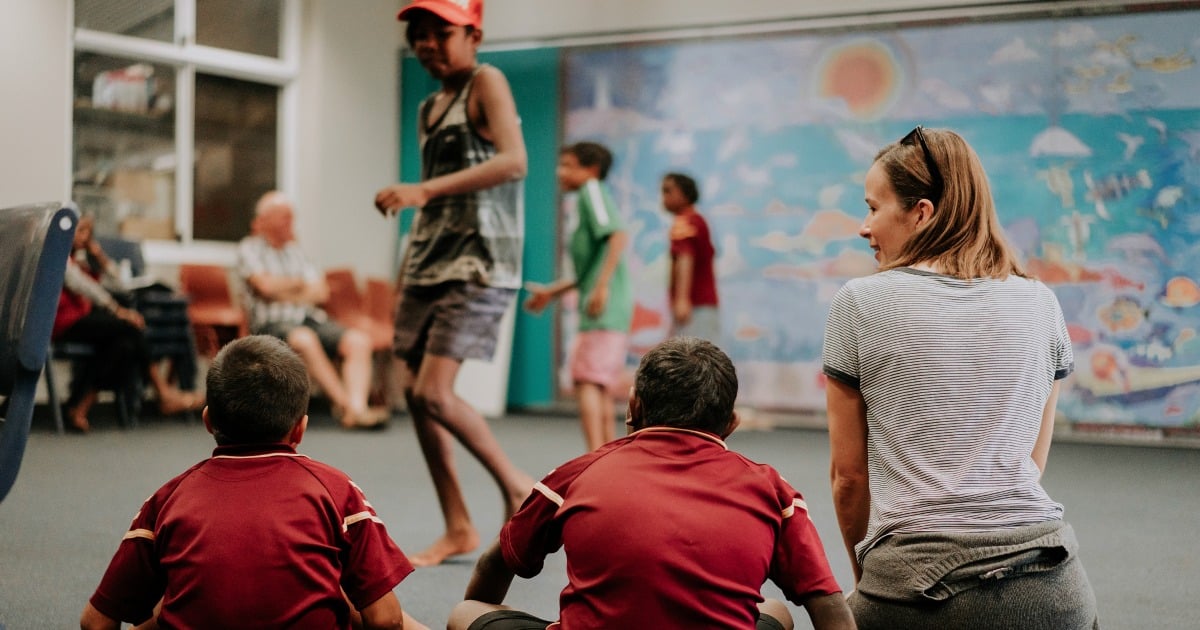When I first connected with Save The Children, I looked at a list of its work around the globe for my first foray as an ambassador – from war-ravaged African villages to refugee camps on the Syrian border.
But when I saw the organisation works with the Aboriginal and Torres Strait Islander community in an area I love dearly, I knew Australia was where I would begin my journey.
Growing up in multicultural Broome, the remote Dampier Peninsula was a magical place to go fishing or catch a mud crab, and as a teen, I briefly worked in the area, ‘chipping shell’ on a pearl farm. As an adult, Kooljaman (Cape Leveque) at the northern tip became my favourite place in all Australia.
But while it was a place of respite for me, I realised it was something different for the people living there. I wanted to go back. I wanted to listen. I wanted to learn how I could help.
There is too much injustice, too many unhelpful stereotypes, too many horrifying health and education statistics, right here in my own backyard.





